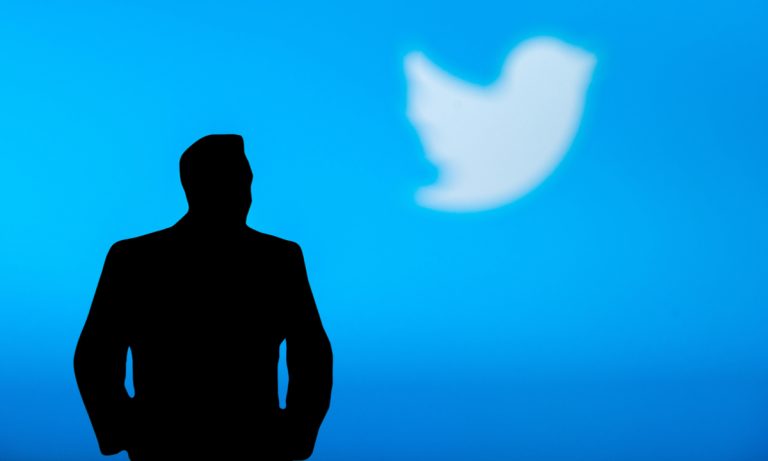
Source: PYMNTS
Elon Musk has reportedly outlined his vision for Twitter: a $250 billion payments company.
As The Wall Street Journal (WSJ) reported Saturday (April 1), Musk recently told his employees he sees Twitter’s current value of around $20 billion ballooning to more than 10 times that amount, thanks to plans to make the social media app a major part of users’ financial lives.
The report noted that these plans echo Musk’s roots at the company that would one day become PayPal, though a $250 billion Twitter would dwarf PayPal’s valuation of around $85 billion (and put it in the same neighborhood as JPMorgan Chase and Bank of America).
“I think it’s possible to become the biggest financial institution in the world,” Musk said at a Morgan Stanley conference last month, per the WSJ.
PYMNTS reached out to Twitter for comment Sunday (April 2). The company issued its automatic “poop emoji” response, something Musk had announced the company would begin doing last month.
The WSJ report said Musk talked at the conference of his goal of diversifying the struggling social media platform’s ad business, which historically had accounted for a bulk of sales.
In his address to employees, Musk announced the launch of an employee stock plan and told workers he sees a “clear, but difficult, path” to someday being worth more than $250 billion.
Earlier this year, Twitter reportedly began applying for regulatory licenses in the U.S. while also developing software to add payment functions to its platform.
As PYMNTS wrote at the time, “Musk is in a tight spot as advertisers have abandoned the platform in droves since his takeover, citing concerns over content moderation and related issues. Ad revenues had been in the range of $5 billion a year, but the platform was widely reported to have lost up to half its advertising commitments by November.”
Last year, just before closing the deal to purchase Twitter, Musk tweeted that buying the company was “an accelerant to creating X, the everything app.”
As noted here at the time, for the acquisition of Twitter to work out as he’d like, Musk must find some way to either supersize the company or fold it into a larger “X” super app network.
“Twitter probably accelerates X by 3 to 5 years, but I could be wrong,” Musk has said.
“Twitter has long held sway in both culture and politics, but its town-square style platform has struggled to turn a profit or create a money-making vertical beyond ad revenues,” PYMNTS wrote in November. “Super apps like WeChat enjoy expansive business models, connecting every facet of daily life through in-platform mini apps that are less vulnerable to the loss of anchor client ad accounts.”
Source: PYMNTS






